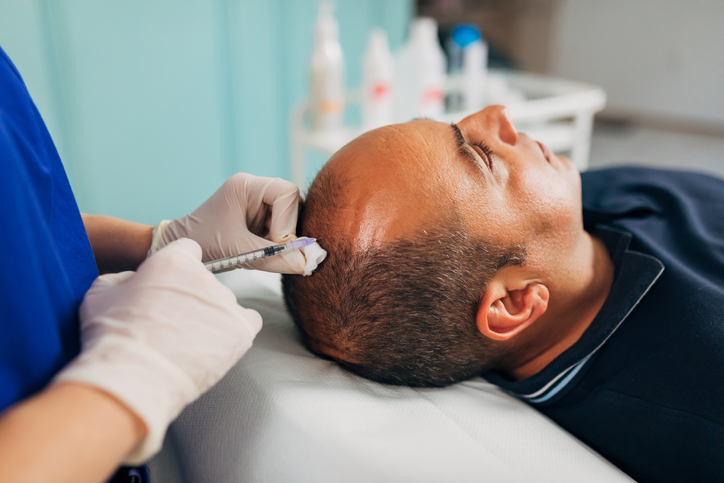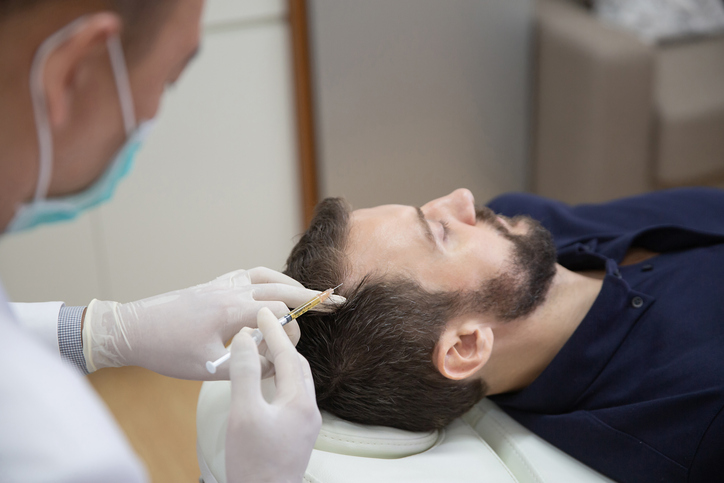Hair loss is a common concern that can significantly impact one’s self-esteem and confidence. Fortunately, hair transplant procedures have become a popular and effective solution for restoring hair growth. If you’re considering a hair transplant, you likely have some questions. To help address your concerns, here are answers to frequently asked questions about hair transplants.
What is a hair transplant?
A hair transplant is a surgical procedure that involves moving hair follicles from one part of the body, known as the donor area, to the bald or thinning areas, called the recipient area. The most common donor area is the back or sides of the scalp, where hair growth is typically unaffected by male pattern baldness.
Am I a suitable candidate for a hair transplant?
The best candidates for hair transplants are those with stable hair loss patterns and sufficient donor hair to be harvested. During a consultation with a qualified hair transplant surgeon, they will evaluate your hair loss, donor area, and overall health to determine your suitability for the procedure.
What are the different hair transplant techniques?
The two primary techniques for hair transplantation are Follicular Unit Transplantation (FUT) and Follicular Unit Extraction (FUE). FUT involves removing a strip of hair-bearing skin from the donor area, while FUE involves extracting individual hair follicles directly from the donor area. The choice of technique depends on various factors, including the patient’s preferences and the surgeon’s recommendation.
Is the procedure painful?
Hair transplant procedures are typically performed under local anaesthesia, so you won’t feel any pain during the surgery. However, you may experience some discomfort or mild soreness in the days following the procedure. Your surgeon will provide appropriate pain management instructions and medications to ensure your comfort during the recovery phase.
How long does a hair transplant procedure take?
The duration of a hair transplant procedure depends on several factors, including the number of grafts being transplanted and the chosen technique. Generally, a hair transplant can take anywhere from a few hours to a full day to complete. Your surgeon will provide you with a more accurate estimate based on your specific case.
What is the recovery process like?
The recovery process after a hair transplant can vary from person to person. You may experience some swelling, redness, and scabbing in the recipient area, which typically subsides within a few days. The transplanted hair may initially shed, but new hair growth should begin within a few months. It’s essential to follow your surgeon’s postoperative care instructions, including avoiding strenuous activities and properly caring for the transplanted area.
Are hair transplants permanent?
Yes, hair transplants are considered a permanent solution for hair loss. The transplanted hair follicles are resistant to the hormone responsible for male pattern baldness, allowing them to continue growing naturally in their new location. It’s important to note that the transplanted hair may have a natural thinning process over time, similar to the rest of your hair.
Are there any risks or complications associated with hair transplants?
Like any surgical procedure, hair transplants carry some risks. Potential complications include infection, bleeding, scarring, and the possibility of an unnatural appearance if the procedure is not performed by a skilled surgeon. However, when performed by an experienced professional, hair transplants are generally safe with a high success rate.
When will I see the final results?
The final results of a hair transplant can take time to become apparent. The transplanted hair will initially shed, which is a normal part of the process. However, within a few months, new hair growth will start, and you should begin to see visible improvements. It typically takes up to a year for the full results to become evident as the transplanted hair grows and matures.
How much does a hair transplant cost?
The cost of a hair transplant can vary depending on factors such as the technique used, the number of grafts required, the geographic location, and the reputation of the surgeon or clinic. It’s best to consult with a qualified hair transplant surgeon to get an accurate cost estimate based on your specific needs.
In conclusion, hair transplants have revolutionized the field of hair restoration, offering a reliable and long-lasting solution for hair loss. By understanding the hair transplant process and having your questions answered, you can make an informed decision about pursuing a hair transplant. Consult with a reputable hair transplant surgeon to discuss your concerns, evaluate your suitability, and embark on a journey towards regaining a fuller head of hair and renewed self-confidence.





